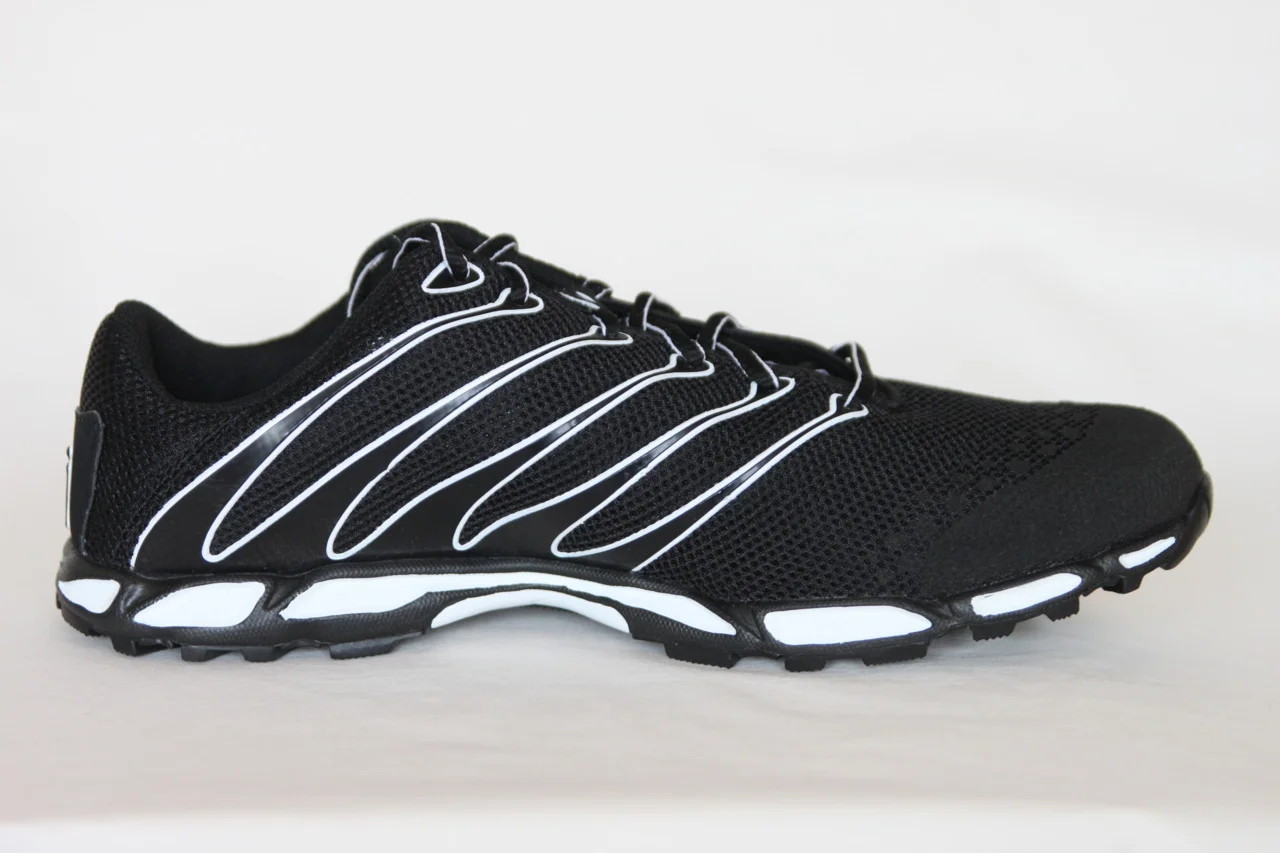The Sole Truth and Nothing but the Truth
Thicker soles mean more muscle activity. Nothing new here. We have posted on the fallacy of increased cushioning and decreased impact many times. Here is another supporting study.
Here are part of the results: “Compared to the barefoot condition, there is an increase in the magnitude of muscle contraction on wearing shoes, which further increases with thickening shoe soles.”
and the conclusion...“Footwear with increasing shoe sole thickness evokes a correspondingly stronger protective eversion response from the peroneus longus to counter the increasing moment at the ankle-subtalar joint complex following sudden foot inversion. Hence, fashion footwear with thicker sole is likely to increase the risk of lateral ligament injury of the ankle when such protective response is overwhelmed. Similarly, the clinicians need to be cautious regarding the amount of shoe raise that they could provide for patients with limb length discrepancy without any detrimental untoward side effects.”
We remember the peroneus longus attaches from the upper, lateral fibula, traveling down the fibular shaft, around the lateral malleolus and attaching to the base of the 1st 1st metatarsal and lateral cunieform. It fires from just prior to heel strike to terminal stance, assisting in eversion of the foot and cuboid, locking the lateral column of the foot during supination, and plantar flexes the 1st ray (brings the medial tripod down to the ground). More sole = More activity = More potential for injury
The Gait Guys. Bringing you the science of shoes and the impact on gait, every day.
http://www.ncbi.nlm.nih.gov/pubmed/22017890
The influence of shoe sole’s varying thickness on lower limb muscle activity.
Source
Institute of Motion Analysis & Research, Department of Orthopaedic & Trauma Surgery, TORT Centre, Ninewells Hospital & Medical School, University of Dundee, Dundee, DD1 9SY, Scotland, UK.
Abstract
BACKGROUND:
The lateral ligament injury of the ankle is acknowledged to be the most common ankle injury sustained in sport. Increased peroneus longus muscle contraction in the shod population has already been documented. This study aimed to quantify the effect of shoe sole’s varying thickness on peroneus longus muscle activity.
METHODS:
Electromyographic recordings of the peroneus longus muscle activity following unanticipated inversion of the foot from 0° to 20° in a two-footplate tilting platform were collected from 38 healthy participants. The four test conditions were: barefoot, standard shoe, and shoes with 2.5 cm and 5 cm sole adaptation respectively.
RESULTS:
Compared to the barefoot condition, there is an increase in the magnitude of muscle contraction on wearing shoes, which further increases with thickening shoe soles. The peroneus longus was responding earlier in the shod conditions when compared to the barefoot, although the results were variable within the three shod conditions.
CONCLUSION:
Footwear with increasing shoe sole thickness evokes a correspondingly stronger protective eversion response from the peroneus longus to counter the increasing moment at the ankle-subtalar joint complex following sudden foot inversion. Hence, fashion footwear with thicker sole is likely to increase the risk of lateral ligament injury of the ankle when such protective response is overwhelmed. Similarly, the clinicians need to be cautious regarding the amount of shoe raise that they could provide for patients with limb length discrepancy without any detrimental untoward side effects.
Copyright © 2010. Published by Elsevier Ltd.

















